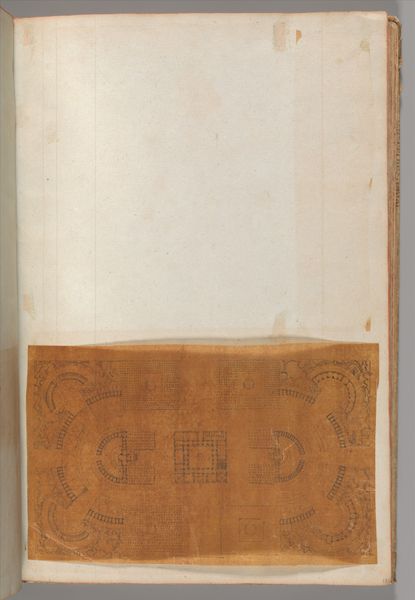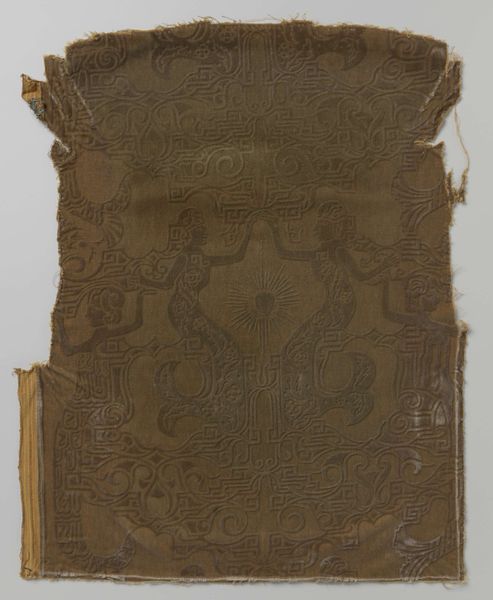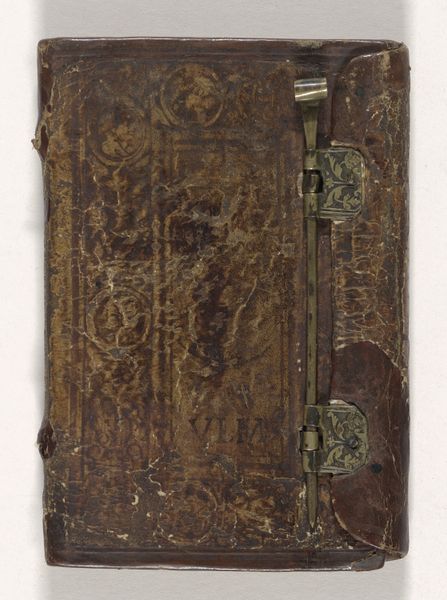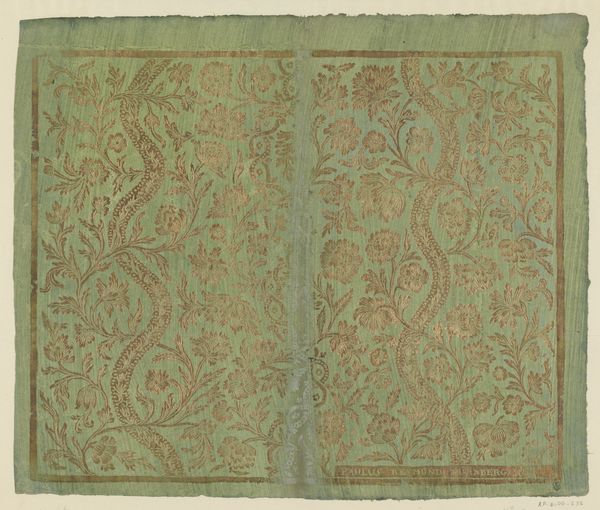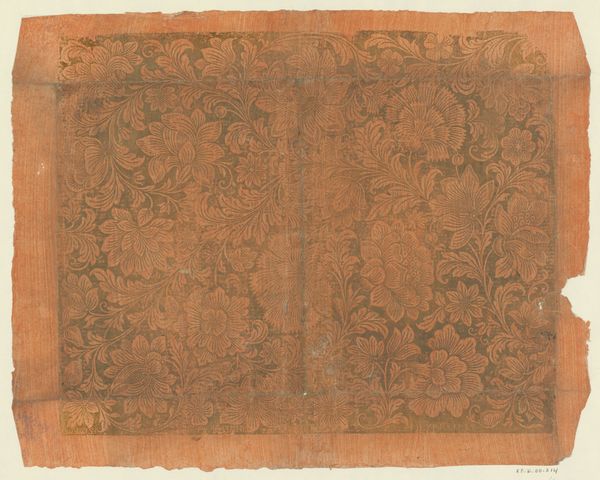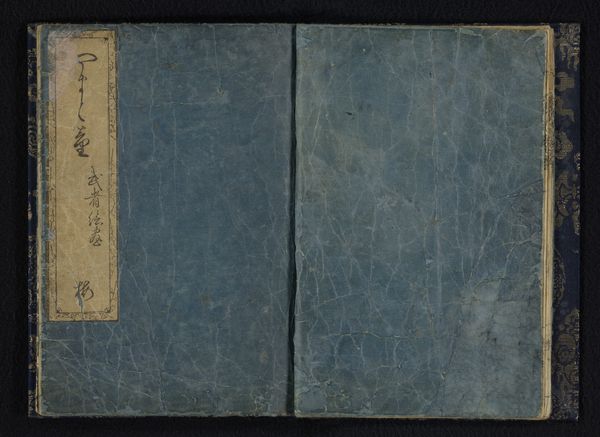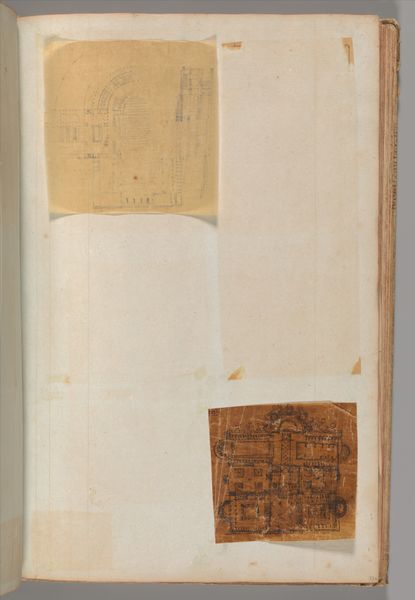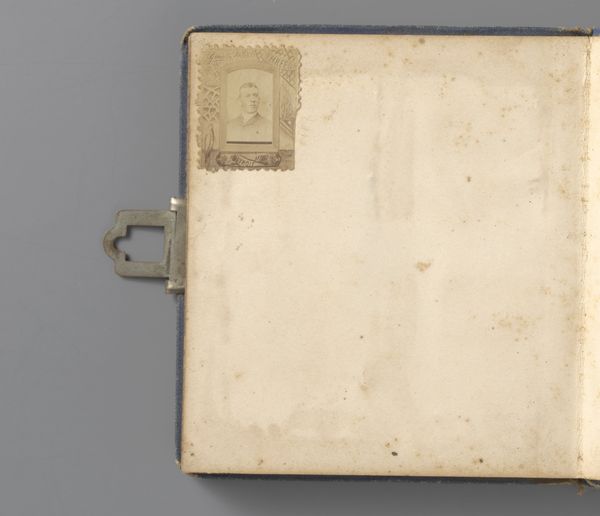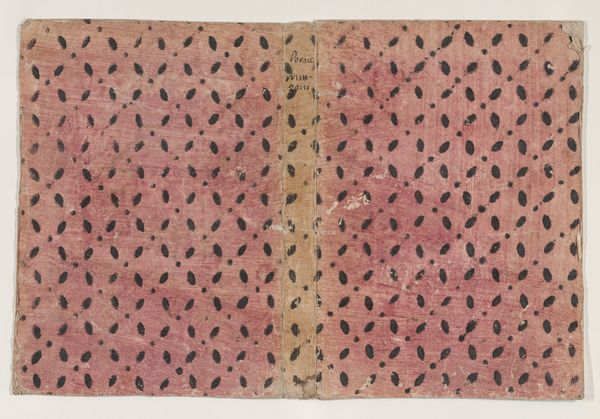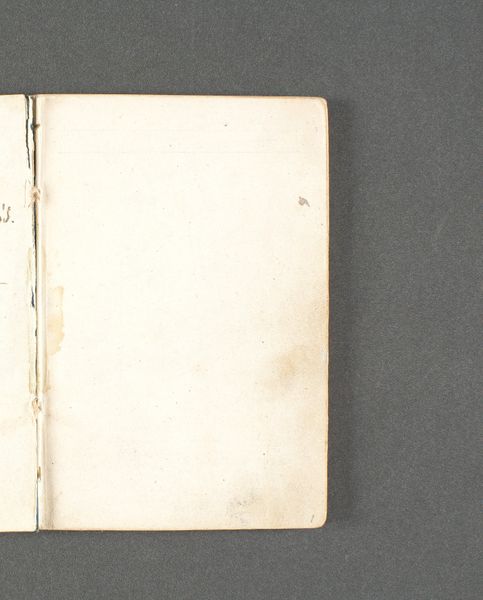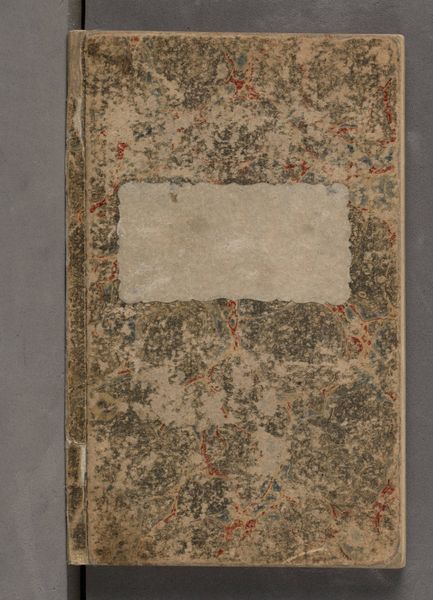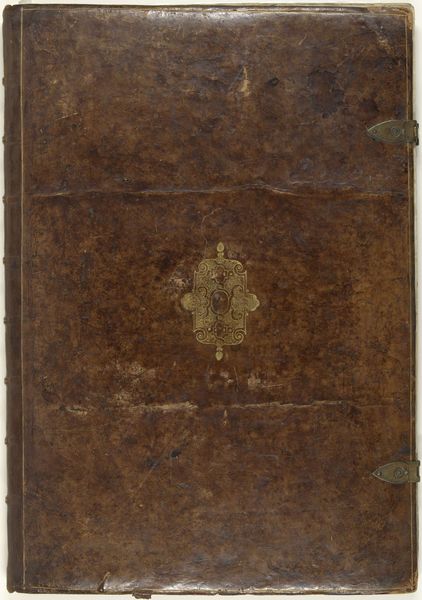
drawing, paper, ink, mural
#
drawing
#
asian-art
#
paper
#
ink
#
geometric
#
line
#
mural
#
calligraphy
Dimensions: Image: 10 9/16 x 107 in. (26.8 x 271.8 cm) Overall with mounting: 11 in. x 24 ft. 11 13/16 in. (27.9 x 753.9 cm)
Copyright: Public Domain
Curator: Before us is "Beneficent Rain," a painting attributed to Zhang Yucai, dating from around 1300 to 1316. It’s executed in ink on paper, showcasing refined linework and currently residing here at the Metropolitan Museum. Editor: The visual field is dominated by these incredibly intricate, geometric patterns. Almost maze-like, they offer a compelling textural effect that almost obscures the actual image… almost as if obscuring or veiling a deity's grace. Curator: Yes, that veil you perceive may relate to its function within religious practice. Zhang Yucai, though an accomplished artist, was primarily a highly influential Daoist priest. This painting wasn't just aesthetic; it was functional, potentially used in rituals to invoke rain, essential for agrarian societies. Editor: Rain as a symbol… it's nearly universal, isn’t it? Cleansing, renewal, blessing from above, yet here it feels more like a hidden power, symbolized by this patterned maze that could very well also stand for the pathways of cosmic energy. The tight pattern itself suggests controlled abundance. Curator: Controlled abundance is an interesting read. Remember the context. China, like much of the world at that time, relied heavily on successful harvests. Religious figures often mediated between the human and natural realms. A painting like this underscored the power structures of the period, demonstrating that spiritual authorities, such as Zhang Yucai himself, could influence crucial aspects of life. Editor: And I find myself looking at the calligraphy here—the integration of text and image – wondering about its symbolic role, beyond the literal meaning of the words. It feels like a key to unlocking the painting's potency. What do we know about the symbols here? Curator: Precisely! The calligraphy acts almost as an incantation alongside the patterns you pointed out earlier. Understanding Daoist cosmology is vital to fully decipher its meanings – elements linked to agriculture, prosperity, and the ruler’s benevolence would appear – but what we can also ascertain from an artwork like this is insight into the way authority and belief were visually represented and how integral art was in binding community during that period. Editor: Well, it's certainly given me a great deal to ponder. I am left thinking of the symbolic power we imbue our own artifacts with. Curator: Indeed, and the socio-political role this painting may have held is really important to consider.
Comments
No comments
Be the first to comment and join the conversation on the ultimate creative platform.
